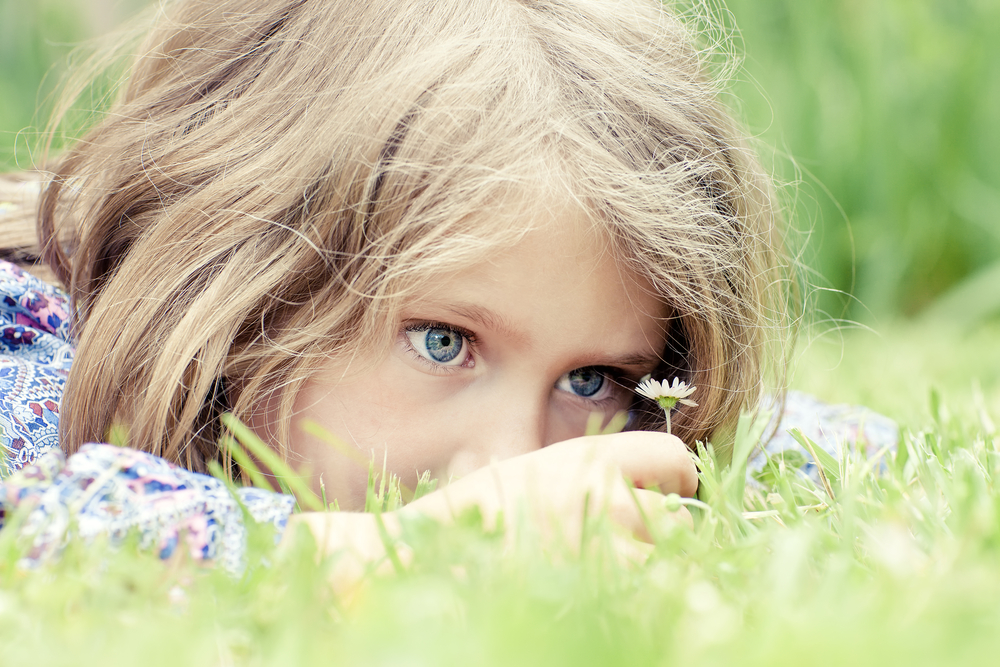“The scientist does not study nature because it is useful to do so. She studies it because she takes pleasure in it, and she takes pleasure in it because it is beautiful.”
So said Jules Henri Poincaré, a French mathematician, physicist and engineer, in his 1908 book “Science and Method”. This was during a magical period when groundbreaking educators, such as Anna Botsford Comstock, were promoting the nature study movement of the early 1900’s. These pioneers had a secret – bringing nature into the hearts of students through tangible experiences would lay the foundation for science within their minds. The products of this generation went on to produce some of the greatest inventions of our time, such as space travel and the modern computer.
In today’s classrooms, science is taught through diagrams and definitions contained in textbooks (or worse, through games and videos on a computer screen). A child who has never observed a tadpole grow legs or released a transformed frog into a pond can’t get excited about memorizing its lifecycle stages. Why should they care?
In my grade two homeroom class, our teacher had us catch caterpillars and raise them in small glass jars on our window sill. We would find fresh leaves every day for the caterpillar to eat and collect branches to create new avenues for them to crawl. Each day, the sights, sounds and smells of our caterpillar ecosystem were so close to our senses that they formed a part of our deep memory. There was a certain sadness when the cycle was complete and we had to release our butterflies back into nature. As my teacher said, “it’s better to have loved and lost than to have never loved at all.” Ah, if only I knew what that meant in grade two.
Today, in our industrialized society and electronic classrooms, it is hard to capture the spirit of the naturalist movement within public schools. Some educators, such as Waldorf and Montessori schools, employ gardens and greenhouses. Finland offers students 75 minutes of outdoor recess time. Still, these cases are few in number. At Oppiya, we try to bring this classical time and place back into your home through our nature essays (Science section, grade 1-4), our animal story comprehension lessons (Language section, grade 1-2) and our Aesop’s Fables worksheets (Emotional Intelligence section, grade 1-4). Of course, there is no substitute for growing a plant or building a bird feeder.
Back to my observations of the grade two caterpillar.
I noticed that she never drank water. That’s because she got her water from the leaves I fed her – those leaves having absorbed morning dew from the overnight condensation of the water cycle.
My caterpillar was a picky eater. In researching which leaves to feed her, I learned that she preferred certain leaves which contained toxins that repelled predators – a clever natural defense mechanism.
The leaves had a distinct smell (one that I still remember to this day), coming from the chlorophyll molecules responsible for capturing energy from the sun and turning that energy into nutrients that fed the caterpillar. A process called photosynthesis which is essential to life on Earth.
Watching the caterpillar form into a chrysalis and then emerge as a splendid butterfly one fine morning allowed me to appreciate the intricate physics involved. The formation and unfolding of the wings within such a tight space was a remarkable engineering feat.
The project was a simple one. It had no trifold displays containing downloaded pictures from the Internet. We weren’t asked to measure the growth of the caterpillar or name its parts. No grades were given. Instead, we were afforded an unstructured environment that offered us an authentic and tangible experience – something that is sorely needed by our children. This small life opportunity captured my heart and sealed my love for science. Later when I studied the butterfly lifecycle diagram from my textbook, everything was meaningful and important to me.
Bring authentic nature experiences into your young learner’s life and unlock the secret to mastering science. Interesting? Write to us about your experiences…


Recent Comments